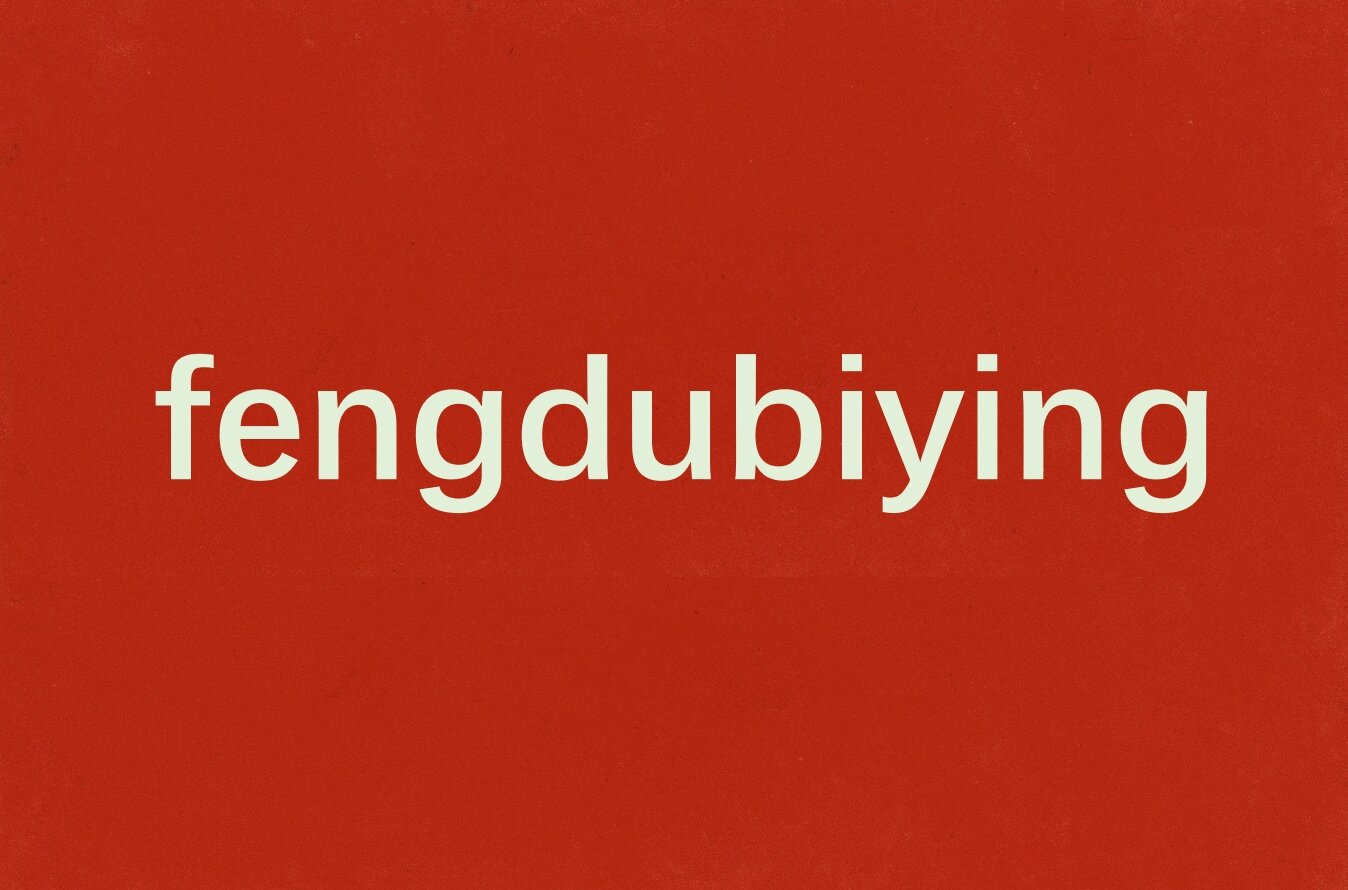Farcaster大获成功,Lens能否找到破局之道?
Original author: Jaleel
The success of friendly businessmen is often the most chilling.
As an encrypted social platform that Vitalik has been optimistic about for a long time, Lens always seems to be compared with Farcaster by the community and users. Today, Farcaster has rapidly grown into a phenomenon-level encrypted social platform in a short period of time.
Beginning in January this year, Degen quickly became popular in the Farcaster community. Community members rewarded high-quality content they appreciated by adding the DEGEN tag to their comments. The Degen system determines the daily reward amount based on the users activity and participation on Farcaster. Incentivize users to post valuable content on Farcaster. Many active users earn thousands of dollars in daily rewards.
Related Reading:1 billion US dollars in three months, reviewing the growth path of Golden Dog Degen》
As of April 8, according to Dune data, the total revenue of the decentralized social protocol Farcaster has exceeded 1 million US dollars, and the number of users is about to exceed 300,000. In the past 30 days, users have posted an average of more than 407,000 casts every day. Vitalik Buterin frequently uses the main The social platform has also shifted from Twitter to Farcaster.

On the Lens side, although Lenss data has reached new highs since it officially entered the permission-free stage, it is still far behind Farcaster in terms of discussion and community popularity. The anxious Lens seems to be unable to sit still. .
Lens also wants to create his own DEGEN?
On March 6, active users of the Lens platform were pleasantly surprised to find a new token called BONSAI airdropped in their wallets. The airdrop price at the time was approximately $50. This BONSAI token based on the Polygon network is an example of a DN 404 token, marking the launch of the first 404 project on Polygon and having similarities with the Pandora_ERC 404 project. Among them, 100,000 BONSAI tokens can be exchanged for one Bonsai NFT
The Divisible NFT standard (DN 404) followed by BONSAI attempts to merge the characteristics of ERC 20 and ERC 721 tokens to create a new hybrid token standard. Although ERC 404 is rapidly gaining attention in the crypto community, it has caused some controversy because it does not comply with existing standards and is inefficient, and may even malfunction under certain circumstances. BONSAI seems to be able to solve this problem.

A month has passed and the BONSAI token has been performing impressively, with the price continuing to climb. Although the price of BONSAI has recently fallen back from its highest point as the orb platform continues to conduct airdrop activities, the value of the airdrop received by early users has still grown to $3,000.

This significant growth is partly due to the active promotion of Lens platform founder Stani on social media. Stani not only promoted BONSAIs popularity through traditional publicity methods, but also used its influence in the encryption community to shape BONSAI into the main economic carrier of the creator economy on the Lens platform.
Today, when users reward and incentivize creators on the Lens platform, most people have chosen BONSAI as the payment method by default. This change in behavior model not only strengthened BONSAIs use cases within the platform, but also caused BONSAI to arouse widespread attention and discussion, and made it out of the circle in a small area.

MadFi, the development team behind BONSAI, is an encrypted social platform designed to encourage users to join social clubs with specific content and subscribe to favorite creators through a social media reward mechanism. Recently, MadFi successfully completed an angel round of financing of US$1 million, led by Palm Tree Crew Crypto, Avara Ventures and Social Graph Ventures, as well as investment from a number of angel investors including Robert Leshner, Spencer Noon and Sandeep Nailwal. support.
The MadFi team says the BONSAI token is experiencing organic growth, with creators already earning over $240,000 in tokens through the platform, making it the currency of choice after wMATIC. On the Lens platform, Bonsais monetized publication market share exceeded 75% in March and peaked at 90% last week.
According to the team, BONSAI has been growing organically, with creators earning over $240,000 in tokens, surpassing wMATIC as the currency of choice for monetizable content.
In March, Bonsai’s market share of monetized publications on Lens exceeded 75%, reaching a peak of 90%. As of the time of writing, the current proportion is 73.8%.

Carlos Beltran, co-founder and CEO of MadFi, shared his excitement about BONSAI becoming the default currency on the Lens platform. “BONSAI’s success demonstrates the huge potential of combining on-chain networks with high-quality content.”
Recently, orb.club announced that it will airdrop a total of 2.2 million BONSAI tokens, worth approximately US$230,000. Eligible orb users can now claim this airdrop within the app, providing a 72-hour claim time window.
Thanks to the efforts of many parties, BONSAIs positioning has become Farcasters Degen. As of the time of writing, Degens fully diluted valuation (FDV) is as high as US$1.3 billion, while BONSAIs FDV is US$63.1 million. This comparison shows that compared to other tokens on the market, the Lens platform and BONSAI itself still have huge growth potential and space.
On April 27 last year, Lens Protocol announced the launch of an Optimistic L3 extension solution called Bonsai, specifically designed to handle large-scale transactions and support the needs of the next generation of Web3 social users. This solution is technically similar to Degens L3 chain expansion solution, but the day after its launch, Bonsai changed its name to Momoka to continue its mission of ultra-large-scale transaction processing.

Unlike traditional L2 solutions, Bonsai (later renamed Momoka) does not compress transactions back to the L1 layer, but optimizes a new way to send these transactions to and store them on a dedicated data availability layer. This unique processing method allows Momoka to effectively expand processing capabilities without sacrificing speed or cost.
To ensure the scalability of this scaling solution, Lens Protocol has partnered with the Bundlr Network and Arweave Ecosystem teams to provide data availability (DA) guarantees. This collaboration enables Ethereum Virtual Machine (EVM)-powered wallets to preserve DA logic and facilitate the fast and reliable release of data.
Momoka has already begun testing in several key applications in the Lens ecosystem, including Lenster, Lenstube, orb, Buttrfly and Phaver. The testing of these applications not only verified the effectiveness of Momoka as an innovative extension solution, but also demonstrated the Lens protocols commitment to promoting the development of the Web3 social platform.
Through Momoka, Lens Protocol aims to build a strong foundation to support future Web3 social network needs, be able to handle ultra-large-scale transactions while reducing operating costs, and promote the development of the entire ecosystem.
Resurrection of “zombie users”
In July 2021, Jack Dorsey hinted that Square would create a new business to build a platform for non-custodial, permissionless and decentralized financial services. Stani Kulechov believed that this statement was very close to what Aave was doing, so he quoted Jack Dorseys tweet and joked: Since Jack Dorsey will build Aave on Bitcoin, Aave should also build Twitter on Ethereum. This hinted at the birth of the Lens protocol. At the subsequent LisCon conference, Stani once again previewed this social graph project.
In February 2022, Stani publicly released the Lens protocol on Twitter in the form of a signed open letter, and it was officially launched on the Polygon main network after testing in May of the same year.
LensA message to users on the official website sums up the features of Lens very well, With Lens Protocol, everything is under your control. You own your profile, where you use it, how you use it, and even how you use it. Monetize it. It means you have control over your content and its in your wallet as an NFT. Not only is it easy. Thats what digital identity should be: its all yours.
Since they own their data, users can bring it to any application built on Lens Protocol. As the true owners of their content, creators no longer need to worry about losing content, audiences, and livelihoods to the whims of individual platforms’ algorithms and policies. Additionally, every application that uses Lens Protocol benefits the entire ecosystem, transforming a zero-sum game into a collaborative one.
After two years of testing and development, the Lens protocol announced on February 27 that it has officially entered the permissionless phase. Anyone can create a Lens profile to access the protocol, and developers can create new ones by leveraging the network’s already budding community. use cases.

After being released, we can see an upward trend in daily on-chain operations of Lens (excluding application-specific usage, such as opening applications, scrolling, viewing, reacting, etc.). It is worth mentioning that Lens does not have a direct application, and all uses are performed through third-party applications built on Lens.
Although the daily on-chain operation data is on the rise, there is still an order of magnitude gap between the Lens protocol and Farcaster in terms of scale and user data.
Left: Lens daily activity data; Right: Farcaster data
According to Dune data, the number of recent active users of the Lens protocol is approximately 15,000, while its daily active users are only 1,200. In contrast, Farcasters performance is particularly outstanding. Since 2024, its number of daily active users has increased more than tenfold, reaching between 20,000 and 40,000 daily active users. An iconic testament to this growth is that even Ethereum’s founder, Vitalik Buterin, has chosen to publish multiple exclusive articles on Farcaster.
Farcasters success in attracting users and heavyweights highlights the need for Lens to put more effort into increasing user activity and growing the community. As a platform dedicated to building a decentralized social network, the Lens Protocol has unique value propositions and technical advantages, such as providing decentralized identity verification, supporting content creators, and rewarding community contributions. However, compared to Farcaster, Lens still has a long way to go in terms of increasing daily active users and attracting public attention.
In order to narrow the gap with Farcaster, Stanis strategy for Lens is particularly critical. By launching Bonsai, an airdrop token, Lens can bring back users who joined last year due to hair-raising activities and expectations of economic benefits such as coin airdrops, allowing more early users to return.
In this process, Bonsai plays an important role, constantly increasing value circulation on the protocol, and its continuous siphon effect - that is, continuing to attract interest and resources within the community and ecosystem - is the reason why Lens has narrowed its distance from competitors. The key to the gap and even the lead. Through Bonsai, Lens economic incentives can further strengthen community cohesion and promote interaction and cooperation within the ecosystem.
In the short term, Bonsai does stimulate the resurrection of more zombie users, but in the long term, Lens still faces many challenges in order to create a community culture comparable to Farcaster and degen.



